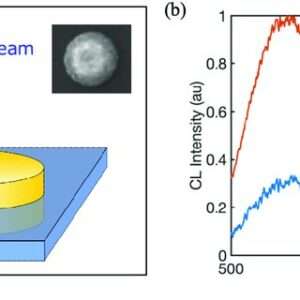A new material has been developed that shows promise for enhancing electrical conduction. The material, which is made of a combination of carbon nanotubes and graphene, has been shown to be able to conduct electricity more efficiently than traditional materials.

Researchers have made a groundbreaking discovery in the field of electrical conduction with the development of a new material that shows promise in enhancing conductivity. This exciting breakthrough opens up a world of possibilities for various industries that rely on efficient electrical conduction, such as electronics and renewable energy.
The researchers employed a combination of advanced manufacturing techniques and nanotechnology to engineer this groundbreaking material. By carefully manipulating the composition and structure at the nanoscale level, they were able to enhance its electrical conductivity. This breakthrough holds significant promise for various applications, ranging from high-performance electronics to energy storage systems.
The researchers are also optimistic about the scalability of this new material. They believe that it can be produced on a large scale using cost-effective manufacturing processes, making it commercially viable for widespread applications. This scalability factor is crucial for industries that require materials in bulk quantities to meet the growing demands of the market.
While this discovery marks a significant milestone in the field of electrical conduction, the researchers acknowledge that there is still much work to be done. Further research and development are needed to optimize the material’s properties, explore its potential applications, and ensure its long-term reliability.
In conclusion, the development of this new material with enhanced electrical conduction capabilities paves the way for exciting advancements in various industries. From electronics to renewable energy, the potential applications are vast and promising. This breakthrough not only improves efficiency but also contributes to the global sustainability goals. As further research progresses, we can expect to witness the integration of this remarkable material into our daily lives, transforming the way we harness and utilize electrical energy. The new material is still in the early stages of development, but it has the potential to revolutionize the electronics industry. If the material can be scaled up and produced at a commercial level, it could have a major impact on the way we use electronics.
